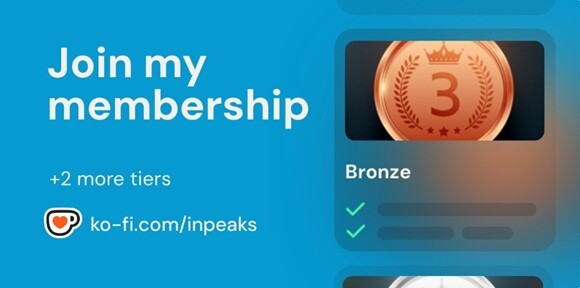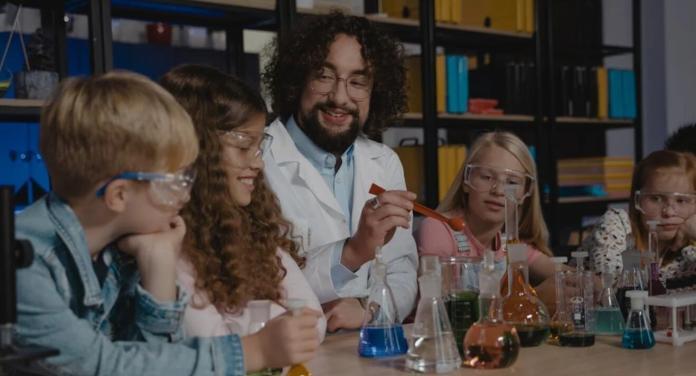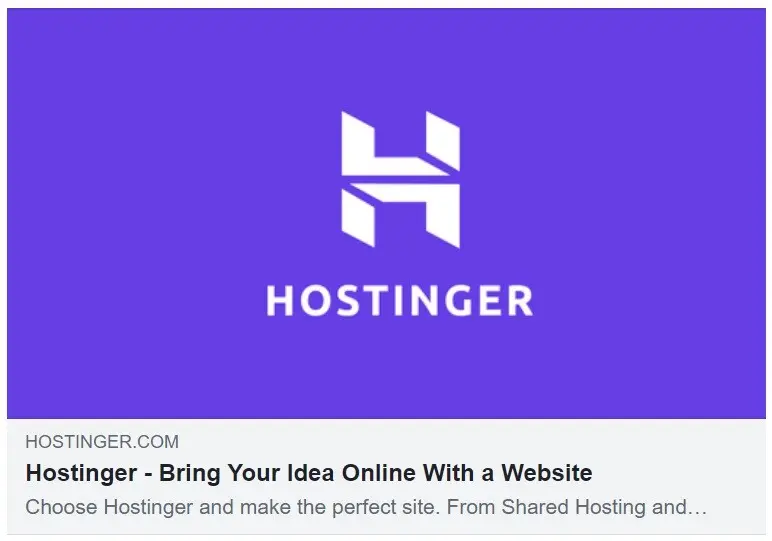Do you want to reach a larger audience without changing your content? Video podcasting can be your answer. For instance, with YouTube having 2 billion logged in users, offers a vast potential for growing your audience.
What does this mean? It means that your audience is browsing YouTube for content like yours right now. If you want to crack a large market, you need to turn your regular podcast into a video podcast. With a few changes to your workflow, you can create engaging video podcast episodes (or vlogs) that appeal to video content fans.
In this blog, we’ll explore the step-by-step guide to creating your video podcast, but before that, we’ll define what video podcasting is, its types and so much more!
What is Video Podcasting (Basic of Video Podcasting)
You can make your video as basic or complex as you want. It usually shows a picture or a video of the people talking in the podcast.
4 Key Types of Video Podcasting
Now that you know the basics of video podcasting, we’ll explore how to start a video podcast. But before that, let’s look at the types of video podcasting:
1. In Studio Recording
In a studio podcast, you record your conversation in a special room set up for making podcasts. This provides a controlled environment that can improve sound quality and overall production value.
2. Remote Interview Recording
Are you interviewing someone from across the country or around the globe? We agree that flying them over to meet you would be great, but remotely interviewing them is cheaper and you can break the distance barrier! You can ask your guests to record themselves too, while you do the same.
3. Interview or B Roll Recording
This is a documentary style video podcast, ensuring your audience is engaged and immersed in your storytelling.
4. Static Image Recording
For this type of podcast, a static image remains on the screen for the entire podcast while your audio is played. The image can be of branding elements like the podcast logo, episode title, and other relevant visuals reflecting the episode’s theme.
Video Podcasting vs. Audio Podcasting
The choice between audio and video formats depends on the content type, target audience, and available resources. Both cater to different audiences and can be used simultaneously to reach the widest audience.
Audio podcasts are distributed on platforms like Apple Podcasts, Google Podcast and Spotify. Video podcasts can be hosted on YouTube, Vimeo, and social media platforms.
Now, what are their advantages? Audio podcasts are easier to produce, while video podcasts provide visual engagement and more content possibilities.
Launch Your Video Podcast in 7 Easy Steps
Have you always wanted to start a podcast or turn your audio podcast into a video? Follow these 7 actionable steps to kickstart your podcasting career.
- Invest in Video Podcasting Equipment
Creating a high quality podcast needs the right equipment. Wondering what you need to make a video podcast? First, keep all your audio equipment, microphone, headphones, and recording software.
You can go on to add a few additional pieces of equipment to incorporate the visual element into your video. The main equipment you’ll need includes:
- Camera
- Tripod
- Podcast software
- Lights
- Choose How to Record Your Podcast
Decide what kind of podcast you’ll make. Your content, audience, and comfort level will determine how you will record your podcast.
You can also experiment with various kinds to discover the best for your content and adjust as needed.
- Plan the Podcast Episode
Many podcasts are open and spontaneous. Before creating a video screenplay or framework for your podcast, consider planning a few episodes ahead.
This will let your podcast follow a theme or a timeline. If you’re inviting guests, brief them on the topic and questions. Also, they should be guided in using the equipment, to get the best results.
- Record the Episode on Video
Recording your episode is the final step after planning and preparation. We suggest you pay additional attention to your content, gadgets and the host, co-host and/or guests on your podcast. Before you commence recording, ensure that the lighting is adequate, and everyone is visible.
Make sure the internet is stable and you’re using video conferencing software. A video podcast brings your content to life by visual storytelling. Therefore, ensure that your footage matches the audio. But above all, enjoy the process! Keep your audience hooked by inviting them to subscribe or send in their questions for you to answer.
- Edit the Video Podcast
Once your podcast is recorded and ready to shine, it’s time to piece together the audio and video. As a beginner, we recommend using any of the following editing software:
- Capcut
- Corel VideoStudio
- Shotcut
- Magix Movie Studio
- Clipchamp
Recording your podcast audio with an external microphone ensures top-notch sound quality, so ensure that you sync the video and the audio, so they match. This is useful when you add features like photos, video, and animation.
- Create a Thumbnail
Visually connecting with your audience can be a great way to attract them to your YouTube. To do this effectively, you should include these in your thumbnail:
- Podcast logo
- Names of the guests
- An interesting clip of the podcast
- Topic of the podcast
This way, your video podcast will have an engaging cover, helping viewers to understand what to expect from your content and encourage them to click. You can also create a custom sized thumbnail to share a podcast segment on social media.
- Upload Your Video Podcast
After editing your podcast, it’s time to upload it to the podcast platform of your choice, including Apple Podcasts, Google Podcasts, and Spotify.
Don’t forget to upload them to video platforms like YouTube. The best part about video podcasts is that you can still upload the audio format to an audio only platform.
Conclusion
A video podcast is an opportunity you can’t miss. It’s a great way to reach a larger podcast audience, yet it adds no extra work or cost to your workflow. Since you are already working on the audio material, you might as well include a video!
Podcasting is simple with a good script. But the wrong recording app can make you lose your way. Try one of the best podcasts multistreaming platform to make your audio content a masterpiece. You can easily improve your podcast videos with visual effects and seamlessly take the pre-recorded/ live content live.
You may also like to read,
- 7 Reasons to Add a Podcast to Your Content Marketing Strategy
- 6 Proven Marketing Strategies You Should Implement Right Now
- How to use YouTube marketing for your business










